-
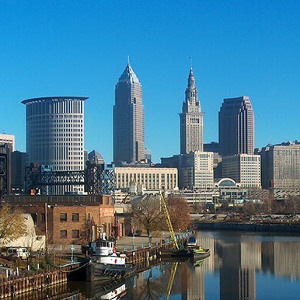
Identify neighborhoods in six Great Lakes cities that meet socioeconomic vulnerability criteria. Read more
-

While national poverty rates dropped in the last year, the county-level picture is mixed. Read more
-

Hispanics account for roughly one in four westerners and one in six rural westerners. Read more
-

Lack of access to a vehicle, poverty, and disabilities, can make evacuation difficult or impossible for some households. Read more
-
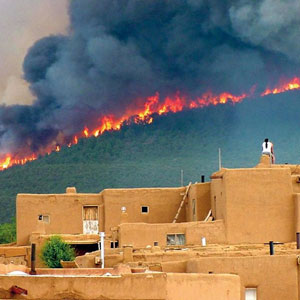
This story map provides Taos County residents with information about the ecological role of fire, the region’s wildfire risk, forest restoration projects, and emergency preparedness. Read more
-
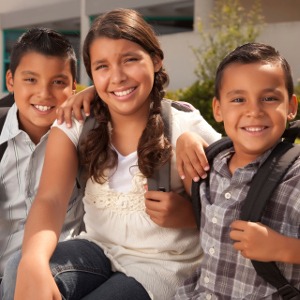
Minority populations are growing in nearly all rural western counties, helping booming communities expand and slowing the decline in counties that otherwise would have lost people. Read more
-
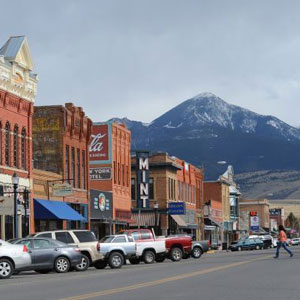
The rural West matters for at least three important reasons: the vitality of the region’s landscape; its impact on local, state, and national politics; and the future of the area’s people and communities. Read more
-
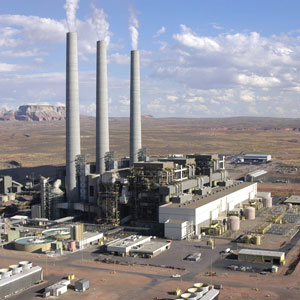
This post compares economic and demographic characteristics of communities where coal-fired power plants have recently retired or are scheduled to retire. Read more
-
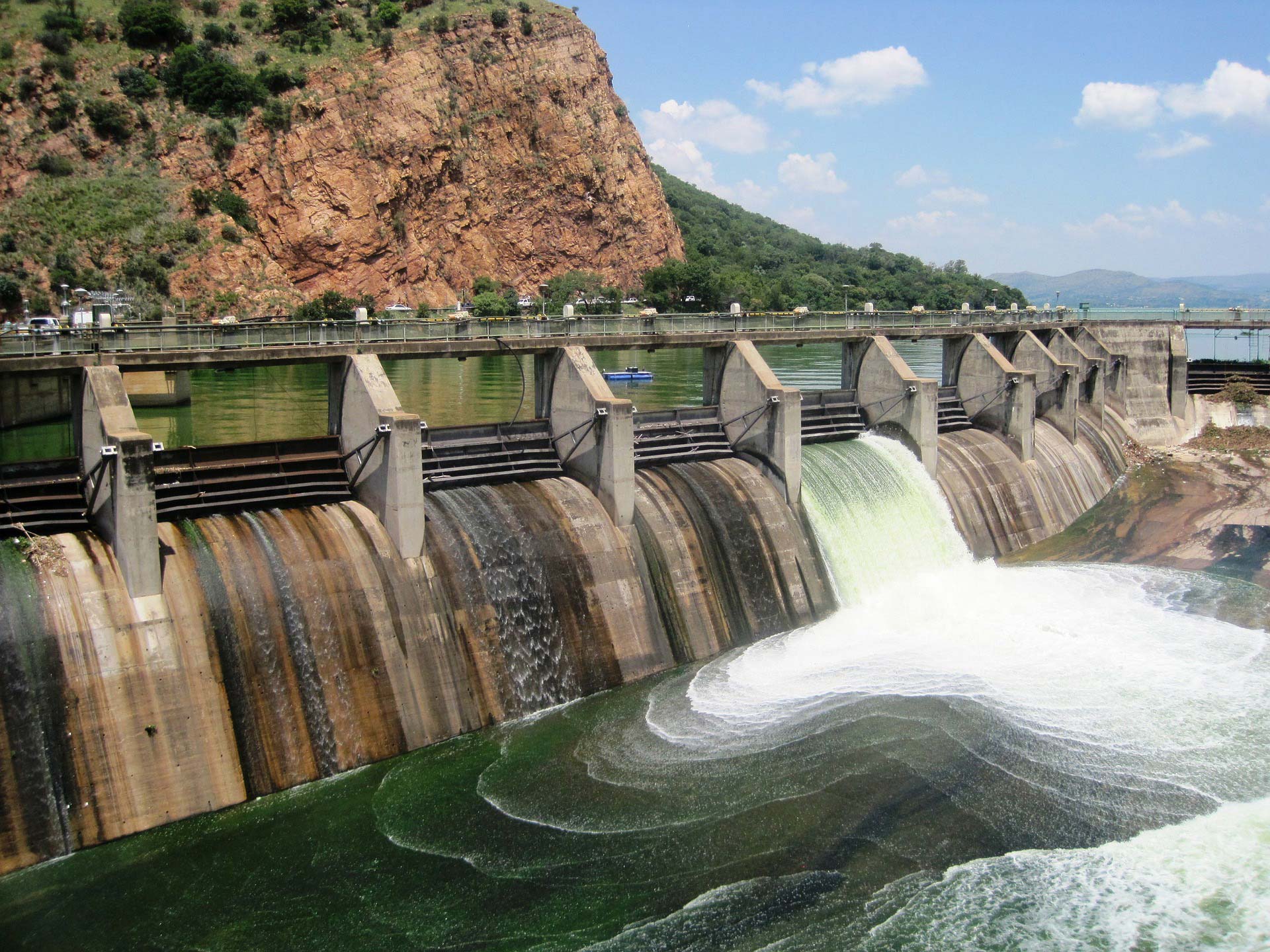
Six dam removal case studies on the fiscal, economic, environmental, and social benefits of dam removal. Read more
-

In the Taos, New Mexico area trails are a fundamental part of health and quality of life, but differences in access to trails may limit the benefits for Hispanic and low-income residents. Read more
-

Trails are good for people, but the health and social benefits of trails are not equally available to everyone. Read more
-

This blog draws on federal data and research to describe more about the local economies of the communities dependent on federal coal. Read more
-

A sample of research and free tools available to help communities better understand the potential socioeconomic impacts of climate change. Read more
-
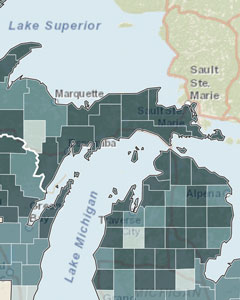
This post summarizes the Climate Adaptation Report which provides a description of key economic sectors at greatest risk from extreme weather or long-term climate shifts and is intended to prepare the region’s forests, water resources, and communities for a less certain future. Read more
-

This paper presents ten examples of cities and counties around the country and the key lessons learned in the process of moving from planning to implementation on climate change adaptation. Read more
-
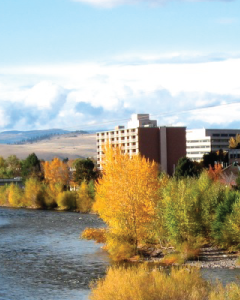
A report on socioeconomic conditions of Missoula County as part of public process of developing a climate change adaptation plan. Read more